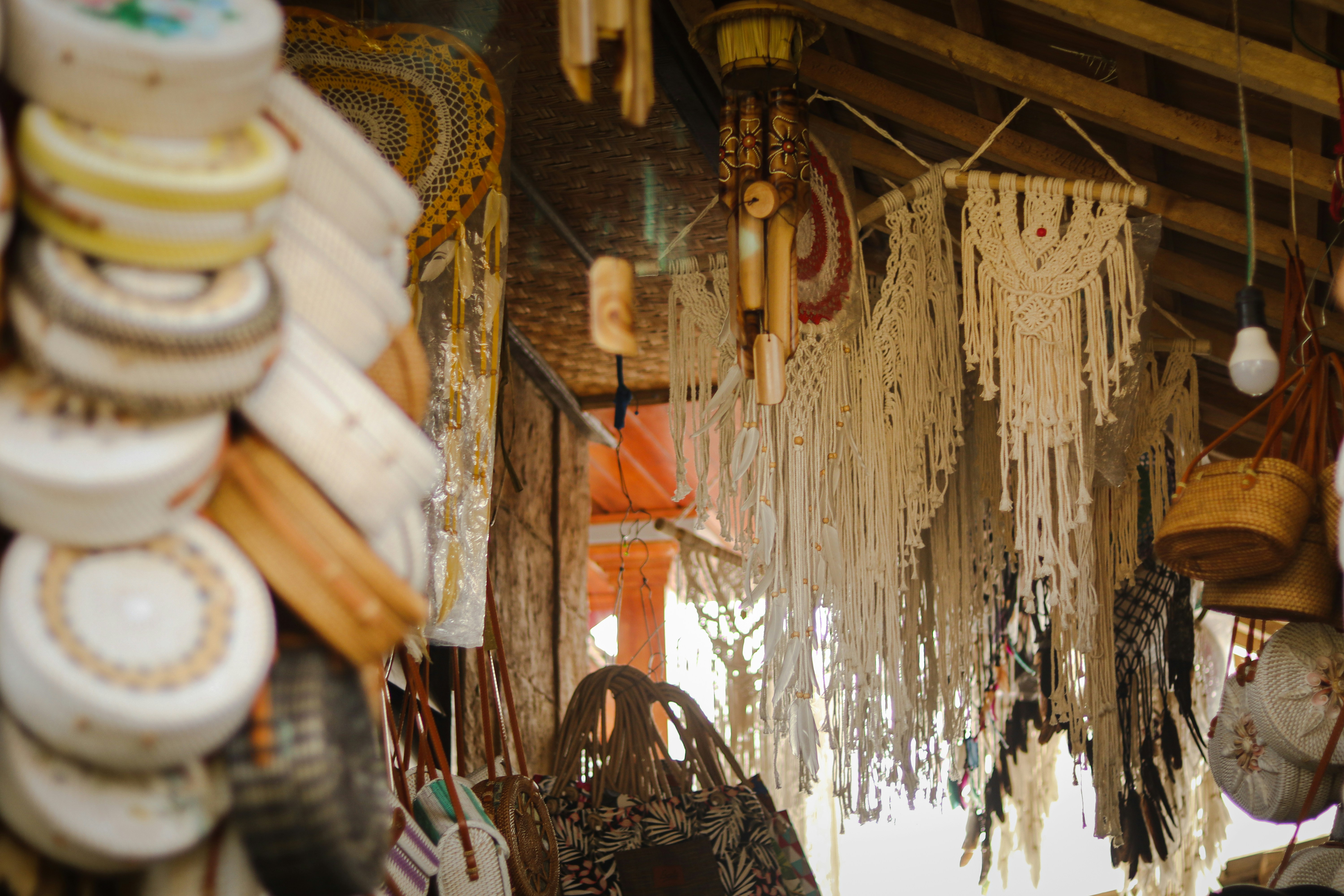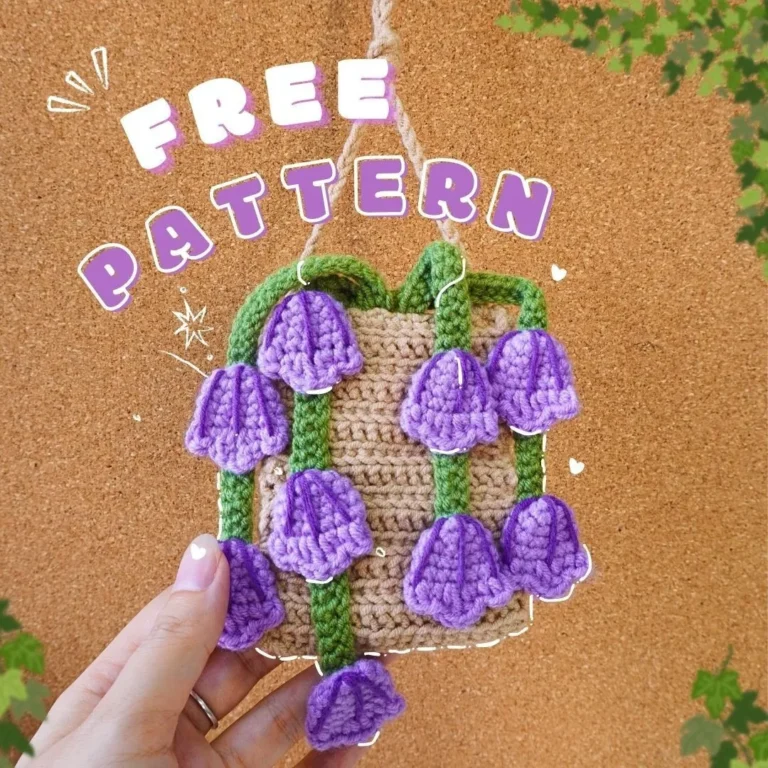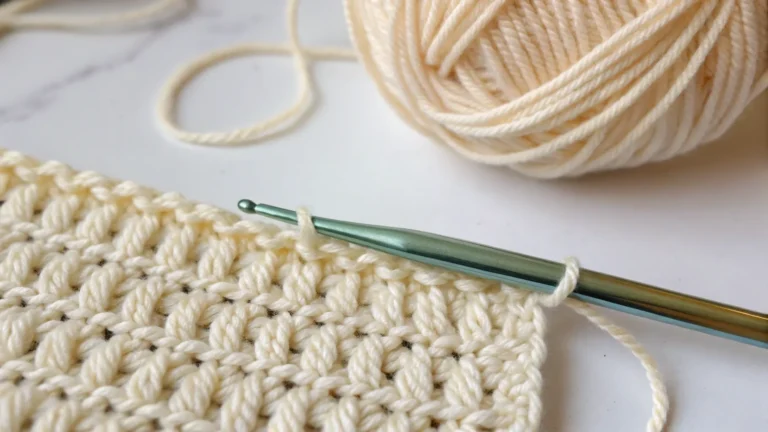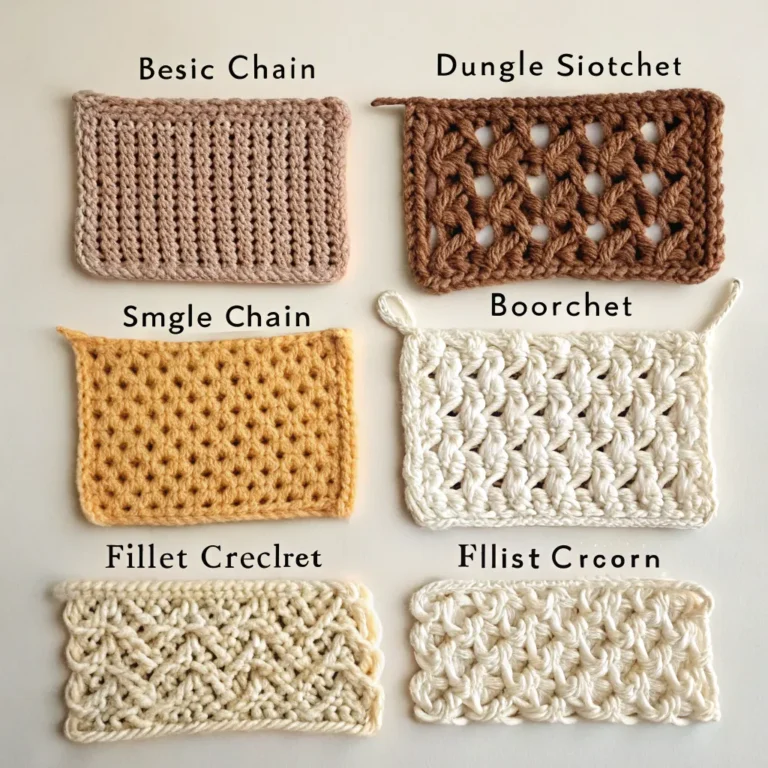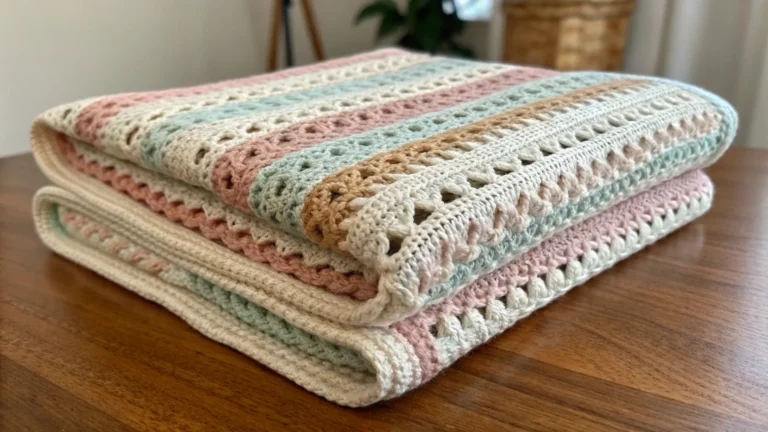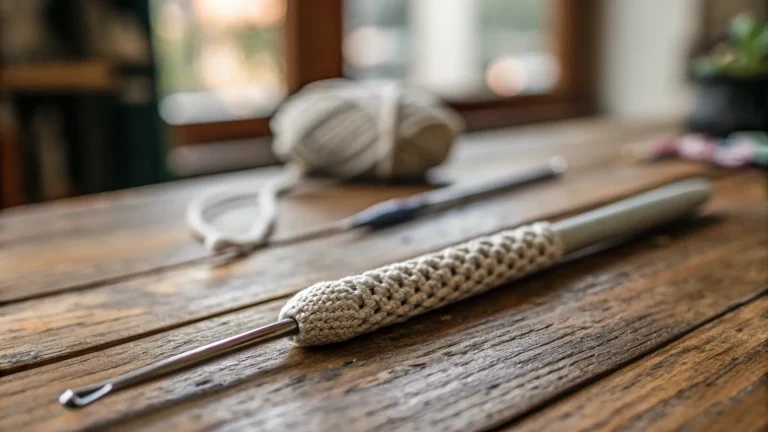artisans crossword clue
Understanding the Artisans Crossword Clue
The artisans crossword clue is often a reference to skilled individuals engaged in various forms of craftsmanship, artistry, or trade. In crossword puzzles, this clue plays a vital role by broadening the scope of answers, often requiring solvers to think creatively and reflect on their knowledge of artistic professions. Crossword clues involving artisans can range from straightforward references to their names to more abstract hints describing their craft or works.
Common examples of artisans featured in crossword clues include sculptors, painters, and craftsmen. Sculptors are artists who shape and carve materials such as stone, metal, or wood into three-dimensional works of art. When presented in a crossword, a clue might refer to a famous sculptor, such as Michelangelo, or a specific sculpture, allowing solvers to recall their artistic knowledge. Similarly, painters might be referenced in terms of their famous pieces or techniques, with names like Van Gogh or Monet potentially appearing as answers.
Furthermore, craftsmen cover a wide array of trades, including carpenters, potters, and weavers. These terms can often be clues themselves and may invoke thoughts of traditional skills. For example, a crossword clue hinting at a “woodworker” might lead to the term “carpenter” as the answer. Understanding the various artisans and their contributions to art and craftsmanship will help solvers identify related clues more effectively and increase their chances of finding the correct answers.
In any crossword puzzle, recognizing how artisans are interwoven into the fabric of clues not only enhances the solving experience but also encourages a deeper appreciation for the artistic and cultural significance they represent. With this foundational understanding, puzzle enthusiasts will be better equipped to tackle any artisans crossword clues they encounter.
Common Artisans and Their Clues
Crossword puzzles frequently feature a diverse array of artisans, encompassing both historical and contemporary figures. Understanding the various craftsmen and their contributions to the arts can greatly enhance puzzle-solving skills. Known artisans often include painters, sculptors, architects, and designers whose names resonate within the world of culture and creativity.
For instance, one might encounter ‘Picasso’ as a clue in reference to the renowned painter Pablo Picasso, celebrated for his role in the development of Cubism. A clue such as “Cubist painter” often leads to his name, reflecting both his innovative techniques and artistry. Similarly, ‘da Vinci’ might appear, referencing Leonardo da Vinci, a polymath famous not only for his paintings but also for his scientific inventions. Clues could involve “Renaissance master” or “Mona Lisa artist”, which immediately directs the solver’s attention to this towering figure in art history.
Contemporary artisans also find their way into crossword clues. For example, ‘Kahlo’ may be clued as “Mexican surrealist” or “feminist icon,” serving to highlight Frida Kahlo’s influence on modern art and culture. On the design front, ‘I.M. Pei’ might be presented as “architect of the Louvre Pyramid,” illustrating his significant architectural contributions. These clues can vary substantially in style, from direct names to more thematic descriptions of their works or impacts.
Thus, as puzzle enthusiasts engage with these clues, familiarity with common artisans not only adds depth to their solving arsenal but also provides a richer appreciation of the arts. By honing in on the distinct approaches crossword creators employ, solvers can navigate the intricacies of clues related to artisans effectively.
Strategies for Solving Crossword Clues Involving Artisans
When tackling crossword clues that pertain to artisans, developing effective strategies can significantly enhance one’s ability to decipher the clues accurately. Understanding the different types of clues and employing specific techniques tailored to artisans can make the puzzle-solving experience more rewarding and efficient.
Firstly, recognizing patterns within the clues is essential. Many crossword puzzles employ common formats and conventions. For instance, clues that describe an artisan may use synonyms or wordplay that references the craft itself. Words like “craftsman,” “artisan,” “creator,” or “maker” can often be included in the clues. Being aware of the structure of these clues can help in making educated guesses about the required answers.
Additionally, engaging with wordplay is another powerful strategy. Crosswords frequently incorporate puns or play on words, particularly in the context of creative professions. For example, if the clue is “master of wooden craft,” the answer could be “carpenter.” It is essential to think outside the box and consider multiple meanings of words that could relate to artisans. Familiarity with different fields of craftsmanship, such as pottery, weaving, or metalwork, can also greatly aid in solving clues.
Contextual clues often provide significant hints regarding the answers. For instance, if the crossword theme revolves around a specific region or historical period, understanding the artisans prevalent in that context can lead to correct solutions. Likewise, considering related terms or broader categories can be beneficial. When faced with ambiguity, looking for intersecting words that can confirm a potential answer is advisable.
By employing these strategies, crossword enthusiasts can improve their skills in deciphering artisan-related clues. Attention to patterns, appreciation of wordplay, and contextual understanding will all contribute to a deeper engagement with puzzles, enriching the overall experience of solving crosswords.
Tools and Resources for Crossword Enthusiasts
Crossword puzzles often challenge even the most seasoned enthusiasts, especially when it comes to parsing clues related to artisans. Fortunately, a variety of tools and resources are available to help individuals solve these intricate puzzles effectively. Among the most commonly recommended resources are dedicated crossword solver websites. These platforms allow users to input known letters or specific clues, enabling the website to generate potential answers. Popular sites such as Crossword Solver and One Across provide an expansive database that enhances the user’s chances of finding the correct word related to artisans.
In addition to dedicated crossword solvers, engaging with comprehensive dictionaries and thesauruses can greatly enhance one’s understanding of language, thus improving puzzle-solving capacity. An inspired choice may be the Merriam-Webster Dictionary, which provides definitions and usage examples of words, particularly useful when dealing with artisan-centric clues. Moreover, Thesaurus.com offers a systematic approach to synonyms, ensuring that puzzle enthusiasts can explore various words related to crafting, artistry, and production—key areas when deciphering artisans clues.
Mobile applications have also revolutionized how individuals engage with crossword puzzles. Apps like New York Times Crossword and Crossword Jam offer in-app hints and instant solutions to keep users motivated. These applications often incorporate community features, allowing users to exchange tips and discuss strategies for solving artisan-related clues effectively.
For those looking for a more traditional approach, books dedicated to crossword puzzles, sometimes featuring past editions from renowned newspapers, can serve as both practice and reference materials. Utilizing these tools and resources not only boosts one’s crossword solving efficiency but also enriches the overall experience, making it both enjoyable and rewarding. By leveraging these various tools, puzzle enthusiasts will find themselves better equipped to tackle challenging artisan clues and enhance their overall puzzle-solving capabilities.
Famous Artisans in History and Their Impact
Throughout history, various artisans have significantly influenced the domains of art and craftsmanship. Their masterpieces and innovative techniques continue to resonate in modern artistic practices. One of the most prominent figures is Leonardo da Vinci, whose contributions as a painter, sculptor, and inventor are unparalleled. His masterpieces, such as “The Last Supper” and “Mona Lisa,” showcase not only artistic excellence but also advancements in techniques like chiaroscuro and sfumato. Da Vinci’s work transcends time, informing contemporary artists about the importance of blending observation with creativity.
Another significant figure is Michelangelo Buonarroti, renowned for his sculptural masterpieces such as “David” and the ceiling of the Sistine Chapel. His works exhibit an extraordinary understanding of human anatomy and composition, which has become a foundation for artists in both sculpture and painting. Michelangelo’s innovative approach to depicting the human form has inspired countless craftsmen, making him a pivotal figure in the history of art.
In the realm of furniture design, Thomas Chippendale stands out. Working in the 18th century, Chippendale pioneered styles that combined elements of Rococo, Gothic, and Chinese aesthetics. His intricate craftsman techniques and emphasis on quality have left an indelible mark on furniture design, influencing styles that persist today. Additionally, artisans like Gustav Stickley contributed to the Arts and Crafts movement, emphasizing handmade quality and simplicity in design. Stickley’s principled approach encouraged a revival of craftsmanship that continues to impact contemporary artisans.
Understanding the rich history and contributions of these artisans not only enhances one’s appreciation of their art but also aids crossword enthusiasts in deciphering clues related to craftsmanship and artistic mastery. Recognizing the significance of these historical figures provides a deeper context for their legacies, enriching the puzzle-solving experience.
Crossword Clue Patterns to Recognize
When solving crossword puzzles, recognizing specific patterns in clues is essential, especially when they pertain to artisans. Artisans, who are skilled at crafting and creating, often appear in crossword clues through various familiar phrases and formats. Understanding these patterns can significantly aid solvers in quickly arriving at the correct answers.
One common pattern involves the use of direct references to various artists and craftsmen, characterized by their specific trades. For example, clues may refer to “potter,” “weaver,” “blacksmith,” or “woodworker.” Often, these clues will be accompanied by hints regarding their materials or tools, such as “one who makes pottery” or “craftsman working with metal.” Recognizing these direct references allows solvers to think quickly about potential answers related to the artisan’s craft.
Another pattern to look for includes the use of abbreviations or crossword-specific terminology. A clue like “A., sculptor” may refer to an artisan known by their initials. Additionally, words such as “skilled,” “craft,” or “make” are frequent in clues that involve artisans. Their presence typically indicates that the answer will relate to creative professions.
Moreover, solvers would benefit from being aware of thematic clues. For instance, puzzles often involve themes that connect multiple artisans in their clues. A series of clues could revolve around home improvement, carpentry, or textiles, which would suggest that answers might include “carpenter,” “tailor,” or “cobbler.” Patterns are also prevalent in the use of modifiers, where the clue might include adjectives like “famous” or “local,” narrowing down the artisan’s identity.
Understanding these patterns not only enhances your solving abilities but also makes the entire crossword experience much more enjoyable. By paying attention to the types of clues that reference artisans, solvers can develop strategies to quickly identify relevant terms and improve their overall performance in crossword puzzles.
The Role of Crossword Puzzles in Preserving Artisan Traditions
Crossword puzzles have long been a popular pastime, but their impact extends beyond mere entertainment. They serve as a valuable tool for preserving the names and works of artisans, particularly those who may not be widely recognized in contemporary society. By incorporating references to these skilled craftspersons into crossword clues, puzzle creators foster a greater awareness of artisanship and the various forms of craftsmanship that exist. This process not only honors these creators but also facilitates an educational opportunity for individuals engaging with the puzzles.
Artisan traditions encompass a broad spectrum of skills and crafts, from woodworking and pottery to textiles and culinary arts. As crossword enthusiasts encounter clues related to these artisans, they become exposed to lesser-known figures whose contributions may have otherwise been overlooked. By emphasizing these names within the context of a puzzle, the public is nudged to explore and appreciate the work of artisans, sparking interest in distinct craft skills that have historical and cultural significance.
Moreover, crossword puzzles can play a vital role in intergenerational knowledge transfer. Younger audiences engaging with such puzzles may encounter the names or techniques of artisans they otherwise would not have learned about in formal educational settings. This exposure has the potential to ignite passion among the younger generation, inspiring them to delve deeper into the world of handcrafted goods and traditional crafts. Additionally, as puzzle creators prioritize artisan-related clues, they further the dialogue surrounding the importance of craftsmanship in a fast-paced, digital modern era, highlighting the unique value offered by handmade works.
In conclusion, crossword puzzles contribute to the preservation of artisan traditions by embedding knowledge about lesser-known creators within the cultural fabric of entertainment. By promoting awareness and appreciation for various crafts, these puzzles ensure that the legacy of artisans continues to thrive, inviting future generations to discover and celebrate the richness of craftsmanship.
Tips for Creating Your Own Crossword Puzzles Featuring Artisans
Creating your own crossword puzzles focused on artisans can be an exhilarating endeavor that combines creativity and intellectual challenge. To begin, it is essential to brainstorm potential artisans who can serve as themes or clues in your puzzle. Consider renowned figures from various crafts—whether in woodworking, pottery, or textile arts. Research local artisans or even historical figures to ensure a diverse selection. This variety will not only enhance the puzzle’s appeal but also educate solvers about different artistic disciplines.
Once you have selected a group of artisans, the next step is to craft clues that are both clever and engaging. Skilled clues are critical in maintaining the balance between challenge and solvability. Aim to incorporate a blend of straightforward and cryptic clues. For instance, if the artisan is known for creating intricate wood carvings, a clue could read: “This craftsman shapes stories from oak.” This structure invites solvers to think creatively while still providing enough context to decode the answer.
Another important aspect of crossword design is ensuring a mix of difficulty levels throughout the puzzle. An ideal crossword engages solvers of varying skill levels by alternating easier clues with more challenging ones. This strategy encourages continued engagement, making the puzzle more enjoyable. Additionally, pay careful attention to the grid layout. Aim for symmetry and balance, which often contribute to a more visually appealing puzzle. Utilize software or design tools that can help streamline this process and ensure your layout is error-free.
Finally, originality is key. Strive to personalize your crossword by incorporating unique clues that reflect your own understanding and appreciation of artisanship. By thoughtfully intertwining creativity and skill, you can create a crossword that captivates and educates its audience, all while celebrating the art of artisanship.
Conclusion: The Beauty of Artisans in Crossword Puzzles
In the realm of crossword puzzles, the incorporation of artisans as clues represents a harmonious fusion of culture, creativity, and cognitive challenge. The recognition of these skilled craftsmen within the context of puzzles not only elevates the enjoyment of the game but also prompts solvers to appreciate the rich tapestry of artistries that define human expression across various domains. From pottery to woodworking, each artisan brings forth a unique narrative, which is subtly woven into the fabric of crossword puzzles.
By actively engaging with these clues, solvers are encouraged to broaden their knowledge of various forms of craftsmanship. This immersive experience prompts a deeper appreciation for the painstaking efforts and historical significance tied to artisans and their respective trades. As individuals encounter references to sculptors, painters, and other artisans, they are invited to explore beyond the surface of words, delving into art history, cultural contexts, and the rich stories that accompany each craft.
The beauty of recognizing artisans in crossword puzzles lies in its ability to foster a deeper connection between the solver and the world of craftsmanship. As puzzles challenge our intellect and expand our vocabulary, they simultaneously nurture our sensitivity to the artistry that surrounds us. In doing this, crosswords serve as a platform for promoting cultural literacy, sparking curiosity, and enriching our understanding of the human experience.
As enthusiasts continue to embrace the art of solving crosswords, let the presence of artisans spark inspiration and appreciation. By acknowledging these creative figures in the puzzle world, we embrace a fuller understanding of the intersection between language, art, and intellect, reminding ourselves that each clue is an invitation to celebrate the beauty that art forms bring to our lives.

